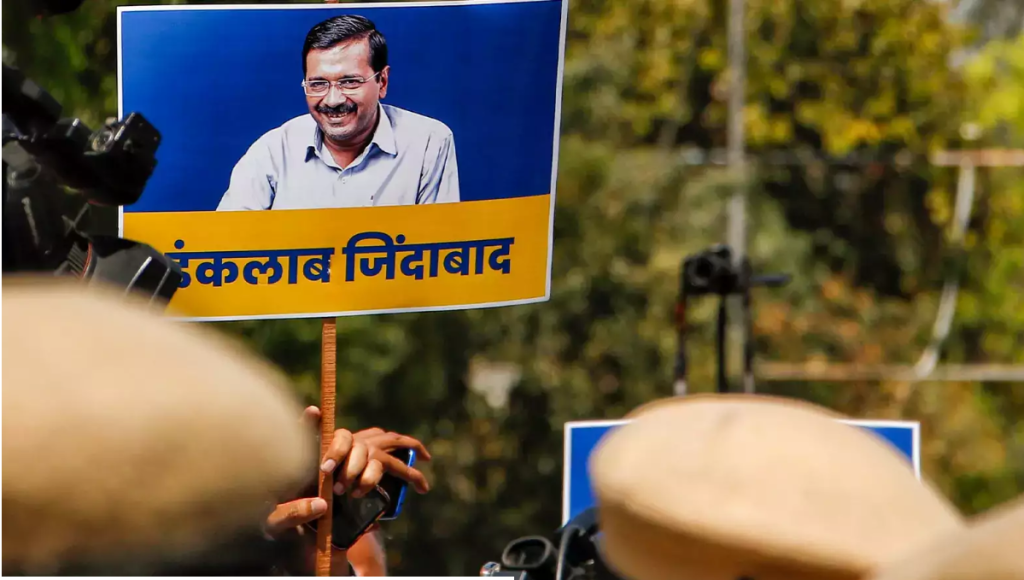MOST of us have been brought up to regard debt as a terrible thing, sad so are very worried at the size of our foreign debt (currently nearing $ 80 billion). Much of this worry is misdirected.
Here is a story I often tell. When I was a schoolboy, my mother told me that borrowing was a dreadful habit, and that people who borrowed ended up penniless. I assumed this must be true.
So imagine my astonishment when I grew up and discovered that the biggest borrowers by far in India were Messrs Tata and Birla. What is more, they were always importuning the government to change the rules so that they could borrow even more. At the end of this massive borrowing binge, they had become the richest families in India.
My mother, who never borrowed anything, died poor. What is the moral of the story? It is that debt in itself is neither good or bad. It all depends on what you do with the money you borrow. If you borrow at 10 per cent interest and use it in activities that yield a return of 8 per cent, you will go bust after some time. If however you get a return of 12 per cent, you will soon become very rich.
In the case of foreign borrowing, there is a second condition. You must be able to translate the. higher return into foreign exchange through exports. Provided you do so, foreign debt will cease to be a vice and become a virtue.
DEBT SUCCESS: The briefest look at successful developing countries like South Korea, Malaysia, Thailand and Indonesia — which have increased living standards dramatically in the last two decades—shows that their success would have been impossible without the huge foreign debt which they accumulated. The hallmark of a developing country is that it is short of capital, and this constrains its economic growth. Additional capital from abroad, if used well, is essential to accelerate growth.
The ratio of India\’s foreign debt to GNP has risen steeply from just 11.9 per cent in 1980 to perhaps 33 per cent today. We all agree that the rise has been too fast and must decelerate but it might surprise you to learn that even 33 per cent is quite low by international standards.
Consider South Korea, one superstars of the 1980s. Its ratio of foreign debt to GNP in 1980 was 48.7 per cent, peaked at 52.5 per, cent in 1985 and then fell rapidly Malaysia\’s ratio peaked at 84.4 per cent in 1986 before declining to 51.6 per cent in 1989. Indonesia’s ratio shot up from 28 percent in 1980 (when it was seen as a disaster economy) to 59.8 percent in 1989(by which time it was hailed as a roaring success). Thailand’s ratio peaked at 45.5 percent in 1985. In most cases, the recent decline in debt was due its replacement by huge flows of direct foreign investment.
Don’t jump to the other extreme and conclude that a high debt ratio is necessarily a good thing. Argentina had a ratio of 258 per cent in 1989 but was neck-deep in trouble. The lesson is that foreign borrowing can propel you to great wealth if used efficiently (Korea, Thailand) and can lead to bankruptcy if used badly (Argentina).
Many people in India think that we must reduce our foreign debt. That makes sense only if we insist on being inefficient. Wastrels should not borrow, But if we become efficient—and experience in the Asian neighbourhood shows is eminently feasible— there no reason at all to reduce our foreign debt. On the contrary, wherever we are confident of generating a higher rate of return than global interest rates, it makes sense to supplement our domestic savings with foreign borrowings.
WASTEFUL EXPENDITURE : We must not blow up foreign loans, in consumption, as was case in much of the 1980s. Money used for consumption yields zero returns, and cannot be repaid. Rights, through the 1980s households saved an increasing portion of theirs disposable income, but the government land went deeper and deeper into the red, and was eventually borrowing to pay the interest on its old borrowings. A thrifty nation has been ravaged by government waste. Hundreds of thousands of crores invested in the public sector yield a return of less than 3 per cent.
Inefficiency is rife in the private sector too, since the licence-permit raj has long ensured that the big profits lie not in productive activity but in manipulating licences and duty rates. Increasing hidden subsidies have been given to farmers and a multitude of other consumers, and economists, like Vijay Kelkar, Sudipto Mundle and Govinda Reddy, have calculated that these are 15-16 per cent of GNP (meaning more than Rs 100,000 crore). This sort of economy clearly cannot generate high returns.
The answer is not to reduce foreign borrowing and continue with our inefficient ways, but to become more efficient. It means severely pruning populist give-aways, and shirting scarce resources to those who use them well. For four decades we have increasingly shifted funds to the public sector, which has failed to get decent returns. The consequence has been a rising mountain of interest payments. In the very period that the Birlas and Tatas have used borrowing debt as a path to riches, the government has used it as a path to bankruptcy. The need to change this has been accepted in the new economic reforms.
The Tatas and Birlas are not the last word in efficiency at all. We need competition which enables the smallest entrepreneur to challenge and overthrow the biggest giants. Foreign competition will help too. This must be accompanied by government action to create a new framework where productivity is rewarded and sloth is penalised; where crooks are convicted and poor people are able to exercise their legal rights; where spending On primary education and rural infrastructure gets priority over giveaways that often benefit better-off sections. Once that happens, foreign debt will cease to look like a burden and become an opportunity.




